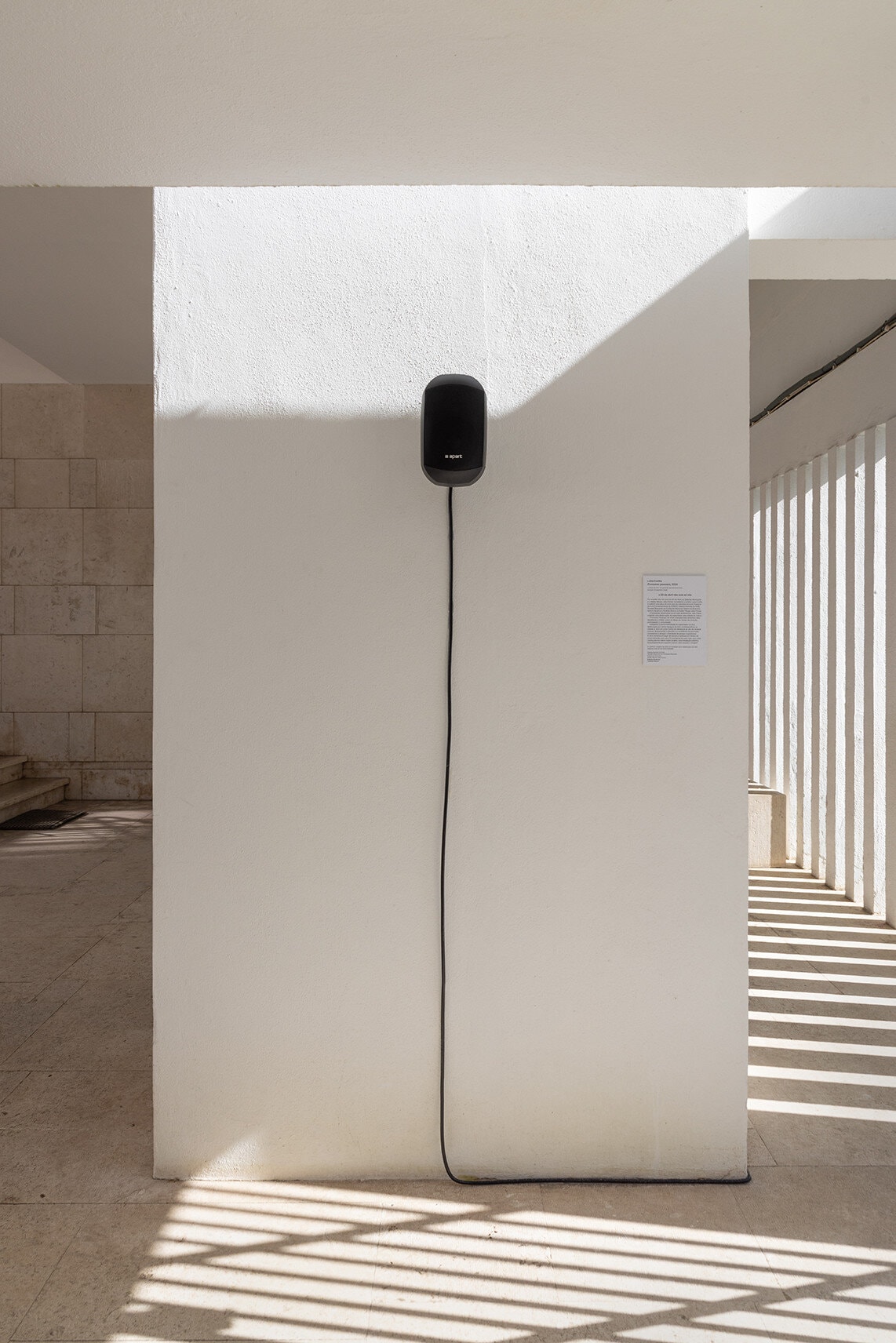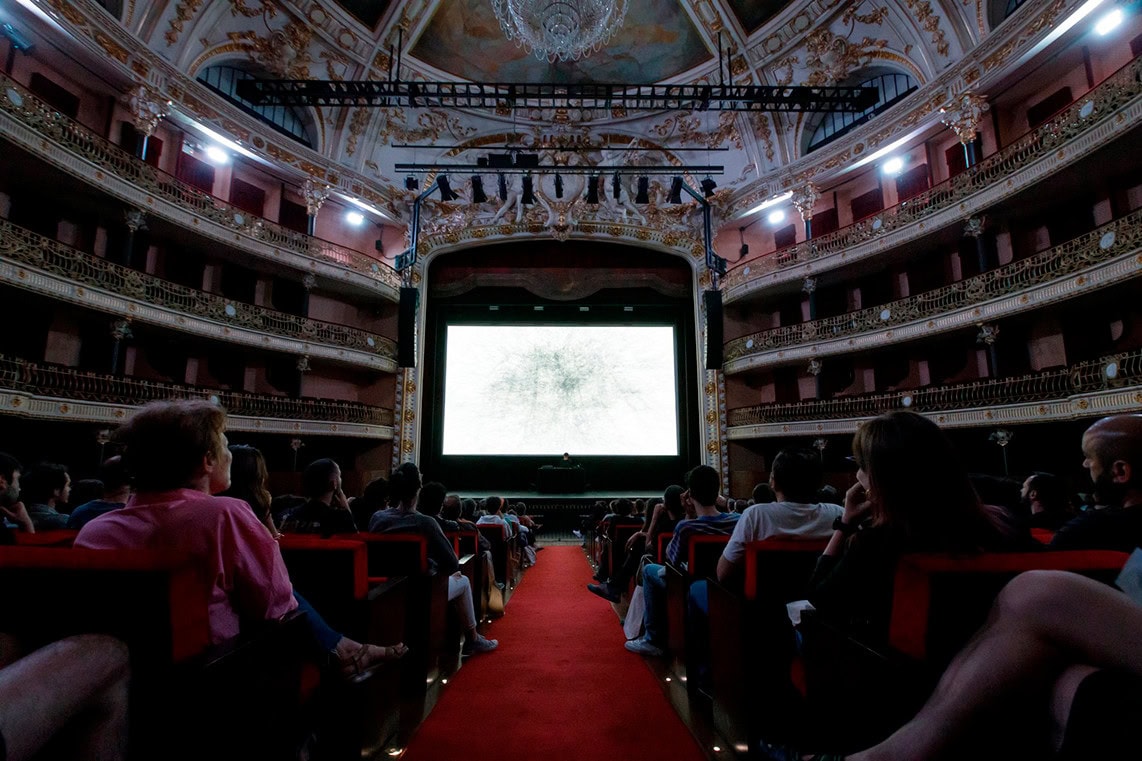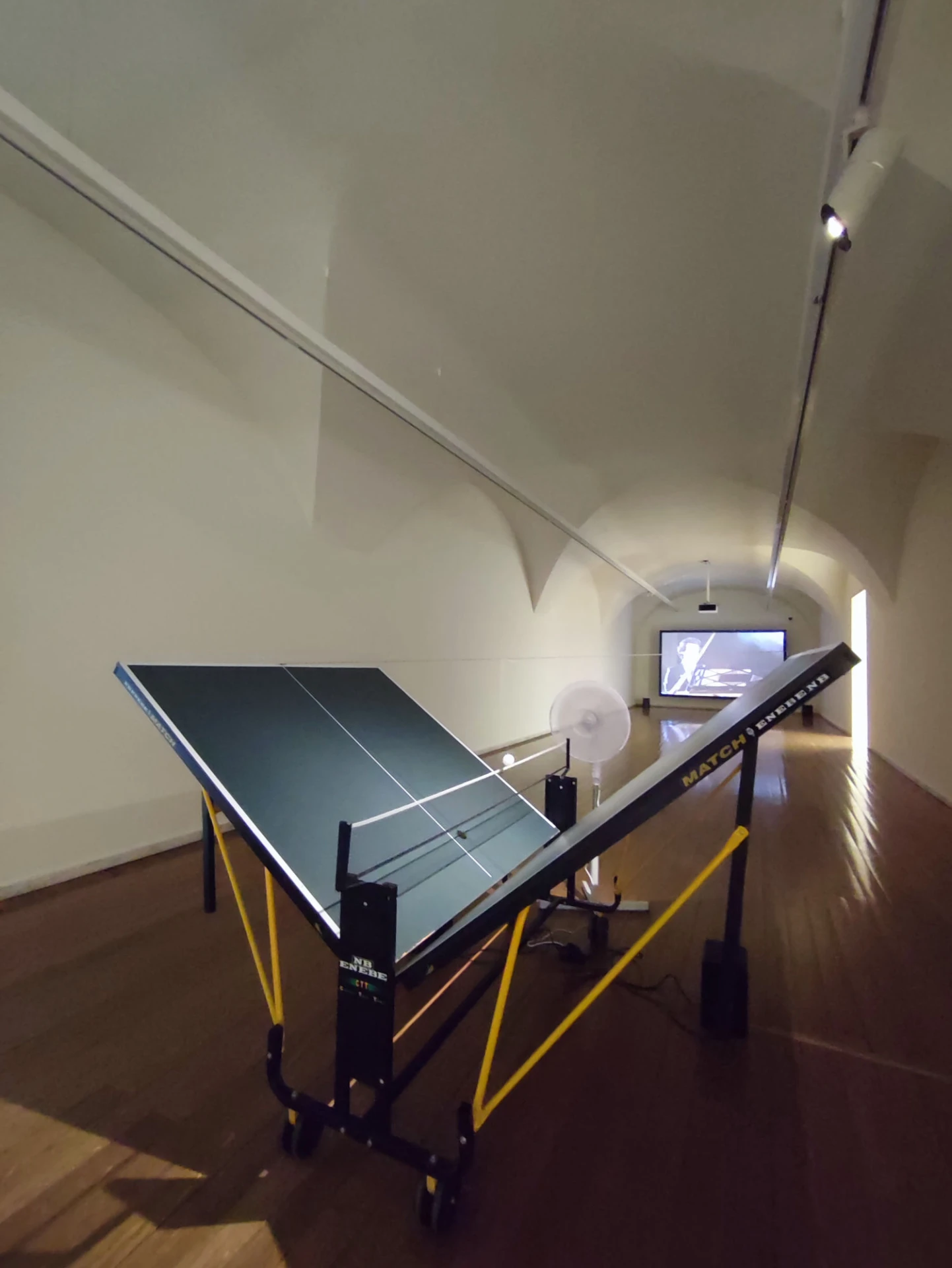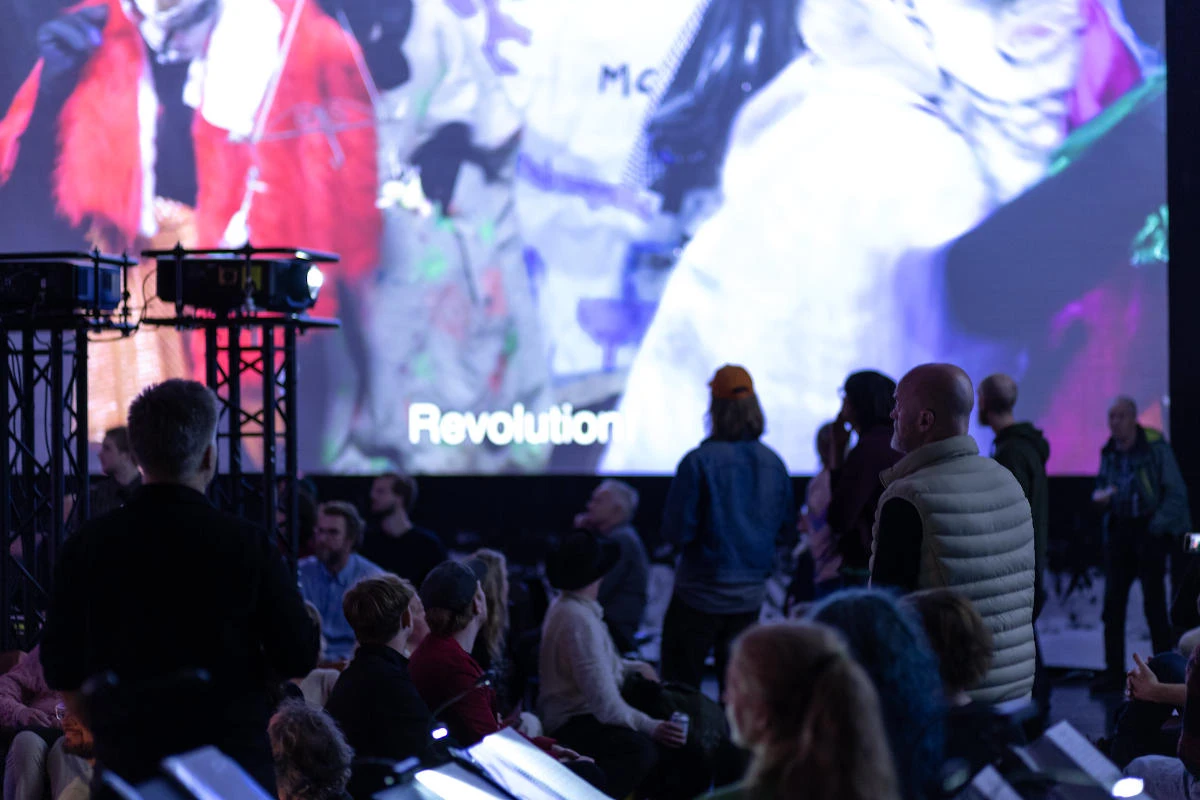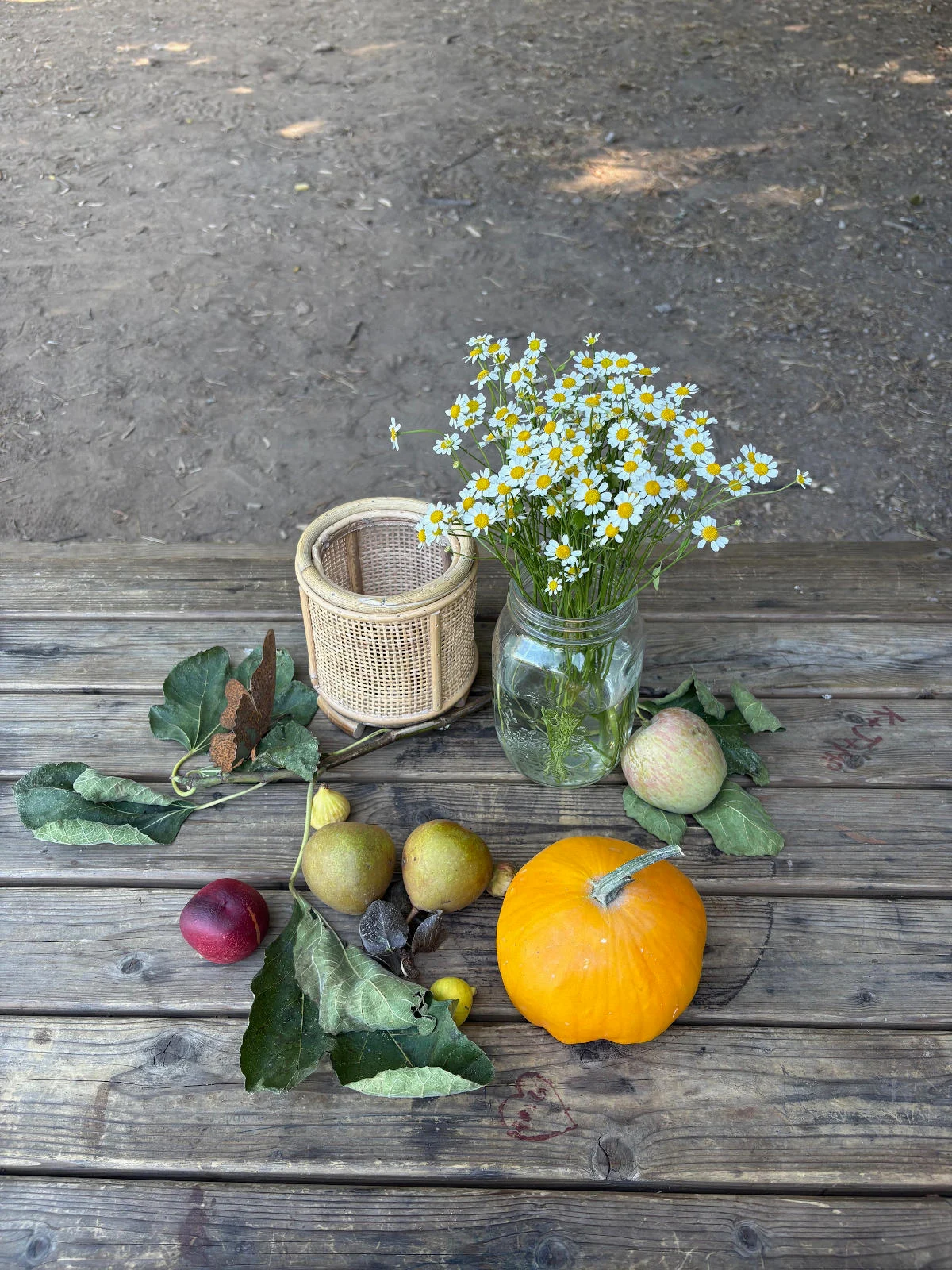Everything slips away in the accelerationist, hyper-productive, autophagic onslaught of time, in the single-mindedness of the macropolitical #SYSTEM, political without any conviction, political without any sincerity.
But what is this #SYSTEM anyway? It is all that surpasses us: God’s right and left hand; neoliberalism, with its corporate mind, or what we now call Artificial Intelligence; transnational, global and globalised politics, powerless to address the neighbourhood’s problems; The safe capitalism of art institutions, that follow the spirit of time with even questioning it; museums-machine crystalising politics for global masses (tourists) whilst losing their touch with the local, the art and even the art history; and, finally, that well-oiled, Machiavellian, efficient and effective machine – or so they say – called bureaucracy: a headless structure, without direct leaders, procedural, hierarchical, self-serving, a faceless, impersonal government with no names.
This is where many artists find themselves: within an almost predetermined way of doing things, operating before invisible, sometimes obscure powers, like an office screening process that approves or disapproves of today’s grand themes. The insane, the zombies, the lost and desperate artists are caught between the neoliberalisation of the art system and the bureaucracy, stuck in vampiric precariousness, on temporary employment contracts that offer no stability either for their artistic careers or for their lives and provide cheap and vulnerable labour for much of the art industry that is controlling both history and trends. Ultimately, they are trapped in a timeless Time, one that is chronological but rarely kairological.
For this reason, at such an opportune moment, our carnations held in hand, we must ask whether art and the act of creating are genuinely, essentially free. Whether artists are free to think, to idle (all classes should have this right – this is not, nor should it be, exclusive to the upper echelons), free from having to succumb to the procedural filters of the #SYSTEM.
Pedro Cabrita Paiva’s works for Dialogue #23 have no bearing on this conversation, in themselves. And they are nevertheless deeply rooted in this protracted conversation between artists who are struggling, debating and fighting against the bureaucracy, institutional constraints and labour conditions with which they begin their careers.
For example, every object seems to emit a golden light when touched. These are mundane items, purely utilitarian devices that are handled on a daily basis, by several, many hands. They are silently manifestations of an everyday community, going about their frenetic business in corridors and backstage, harbouring each frustrated bead of sweat, the elbow grease of each individual who uses them. Left abandoned, they would tarnish – the green of neglected bronze, of an uncared-for sculpture exposed to the elements and the winds of contempt. However, there they are, shining brightly, brought into the light by art and the legacies of an Enlightenment that is being lost from one election to the next. They are reproduced here – now absurd and useless -, elevated to a status that was never theirs: because they were on a doorstep, left on the floor, next to the sink, brimming with the ashes of anxious, frustrated, exhausted lulls. These are no longer just objects. They are something else. Eventually purer, more abstract: the transformative reproduction of worldly and resourceful thingness – Art. The touch brings light, it illuminates. Like worshipping statues, they bring us hope and that strange, odd thing that is difficult to comprehend and explain – as there is always a doctrine and orthodoxy behind it – that we call faith.
As a matter of fact, bearing in mind where these reproductions come from, this act of making them shine, of giving light – fiat lux! – is historically and symbolically tied to that historical period we call the Enlightenment – in its positive (positivist) and precise (scientistic) aspects, but also in its expansiveness since then, if we still regard it as an ongoing or valid endeavour these days (because another movement, the Dark Enlightenment, is besieging us), welcoming disagreement, renewal, reiteration and openness to realities that simply cannot be diminished, boxed, categorised or taxonomised. Each touch is a flare of those lights that began to blaze in the eighteenth century, through the work of those who have invested their thoughts in the house of words. The pieces will keep shining as long as reason endures. They will instead surrender to green oxidation, losing the sparkle of polishing, yielding to darkness, fragmentation, atomisation, and accelerationism – the antithesis of what made them in the first place.
Back to the Lights, or the Darkness of the Lights, Pedro Cabrita Paiva unveiled the work Cauda in 2021: a light tube hanging from the ceiling, bending in an arc. It was like a light shrivelling up as it descends towards the floor, lacking any force. At first glance, it was comical: a depressed light. At second, it became more serious, when the Light surrenders to the corruption of its achievements and casts a shadow of perpetual crises. The tragic weight of this Cauda, nestled in the anal recesses of everybody, lends light to this solar anus. We could perceive Cauda as a ray of surrealist, dystopian and speculative light, a reluctant luminous oracle struck down by the absurd sight of the offspring of the #SYSTEM.
But the artist’s reading is completely different from this: it’s a visual exercise in the ordinary, whose objects can be meddled with without losing their origin, their function. The curator may not always get it right – logorrhoea. And herein lies the pleasure – not to mention the beauty, a term that is somewhat passé and bears a whiff of the romantic – of his work: dashing expectations, shifting perspectives, seeking new forms of visual expression for an object and getting lost in the process.
Actually, working with the Portuguese National Assembly entails submitting oneself to a Kafkaesque bargaining and bureaucratic process, in the truest sense of the word, one which consumes time, triggers our anxiety and unleashes a rollcall of prohibitive, inescapable annoyances. Art, as the artist states in the text accompanying the project in Umbigo #88, requires “tedium” (which, tragically, many artists – if not most of them – lack the luxury of being able to experience). Indeed, the aforementioned Cauda was born out of the tedium triggered by the isolation of the COVID-19 pandemic. Pedro Cabrita Paiva stared at the ceiling light for days… until he bent it. And the Sala dos Passos Perdidos [Pas Perdue, in French – a corridor in which people hang on wandering in circles, waiting for any news or discussion happening inside the parliament] is no more than a palimpsest of boredom, fruitless waiting and dead or dying times.
There are artistic objects which unexpectedly fall like ice blocks in winter and must wait until spring to be seen.
In this context, to risk selecting an artist whose practice is rooted in an absurdist – almost pataphysical – poetics, which seems to be beyond this time – or, instead, which is claiming a time and a space of its own – is, indeed, to take a risk. But art is an uncompromising undertaking, a permanent transgression that repeatedly pushes against the nauseating #SYSTEM: of museums, galleries, magazines (this magazine), curators (this curator), institutions, policies and bureaucracy. Art is a risk.
It is curious how subversive Pedro Cabrita Paiva’s work Fod@-?€! (2020) is. Over and above any superficial or juvenile reading, there is much in this work that reminds us of the part art plays in the #SYSTEM, without this having been the purpose or concept behind the work – a sticky piece of chewing gum stuck to a shoe and floor. This is an irritated outburst, but also a liberation from any convention. Just imagine this piece on the Paços Perdidos red carpet. Fod@-?€! is the expression of a concurrently transgressive and ridiculous condition, a touch of nihilism, crisis and critique – in other words, the form in the making of contemporaneity itself.
The same transgressive spirit runs through Dialogue #23, when the artist has to ask for authorisation from above to reproduce – or even photograph – the doorknobs, locks, handles, taps and ashtrays of the Portuguese National Assembly. The creative act had to get approval from the Secretary-General before it could happen. Now, there’s no such thing as a licence to make art, no authorisation from above, nothing to restrict what should be its absolute freedom, especially when it comes to doorknobs, locks, handles, taps and ashtrays – all anonymous objects, spurious utilitarian creations with no other value than their utmost everydayness.
Yet, whilst waiting anxiously for the bureaucracy to run its course, uncertain as to whether or not it would be approved, the Dialogues project gradually took shape, conscious of its insurrection against a labyrinthine absurdism. The objects were being illicitly moulded – bootlegs that sidestep infractions, rights; that appropriate, reproduce without the State-Corporation’s consent, with no approval from above for the photographs on which the objects are based; with no inkling, or possible explanation, at the time, of how ridiculous it would be to ask for approval for such a thing. In all likelihood, it would be impossible to replicate the bust of the Republic for an art project; but it is possible – as the artist found out in his research – to commodify it for the measly sum of €70, just like T-shirts and other banal merchandise with “♥︎ Democracy” stamped on it. The #SYSTEM swallows any meaning and sanitizes words.
But these bootlegs, these still non-authorised copies, exceed simple reproduction. They transform and transcend their referents to join a circuit of counterfeiting historical, spatial, objectual and temporal symbols and signs. Cabrita Paiva shatters an illusion of power and value. The copy is worth more than the original, the crude or defective reproduction with its flaws, is acquitted in the irreverent spirit of its making. The illegitimate is art. The brightness of the touch is faked. The light illuminating objects through the touch of generations is artificialised, and simulated – lending a much more complex reading to the simple anthropological phenomena of cult artefacts. As the late poet said, art is pretence.
But reality is more complex.
This was not a battle against the #SYSTEM.
We were subjected to it.
The proof is that we patiently awaited authorisation and accepted it in the comfort of not receiving instructions to stop whatever we were doing.
But, in doing so, we have revealed the workings of the nation’s most important building. One that is neither public nor private. Neither a garden-for-all nor a prison. It is an odd, unclassifiable, unfathomable place, just like the meanderings of the #SYSTEM that built it and for which it is made and debated every day. Nonetheless, art persists among all the seals, emails, files, walls and disillusionment. The creative seed always convulses, more or less freely, more or less constrained.
The tedium of these procedures was just a chimeric spark for the real artistic work: the aesthetic playing with matter and references, a difficult game from the outset, abandoning and turning it into something else; because this is not political activism. That is meant for the streets, the ballot papers and communal protest. The important thing here is the creative potential of mundanity, of the banal, of the artifice of art, manipulating and deconstructing everything around us. These objects are all open-ended narratives, a sequence already released from its place of origin, ready for other installations and open-ended conversations that question authorship, utility, art steeped in life, humour and tragedy.
Jerry Saltz wrote in 2016 on the Fischli and Weiss retrospective about the “divine instability of these [two] artists” and compared them to “Illuminati alchemists of modern life”, allowing “art to unravel, following processes and materials to logical and illogical ends, never bothering to make sense or elaborate external stories”. And he ends by quoting something the duo once said: “by removing their function […] objects are no longer enslaved by it […] and this opens up space to do something else”.
This freedom is the same that Cabrita Paiva is seeking in his work, filled with tension and poetic uncertainty that surprises and challenges. Regardless of how many readings there may be, a plastic, compositional dialogue is always happening, with locks that do not open, lights that do not shine, pieces that are formed and deformed, in a perilous equilibrium between spirit and matter. Ultimately, a perpetual, flawed, unfinished dialogue that challenges a #SYSTEM meant to be perfect, without loose ends, sealed.
